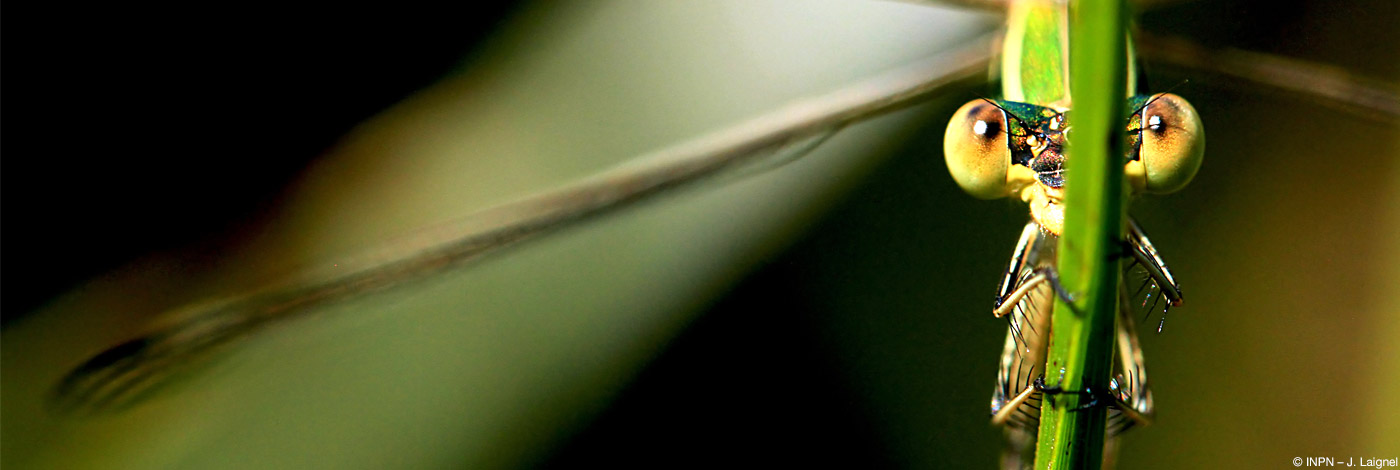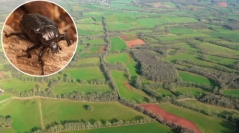

 Naturae
2019 (7) - Pages 175-210
Naturae
2019 (7) - Pages 175-210The Habitats Directive requires the conservation status of species of Community interest to be monitored over time. In France, this monitoring remains poorly developed for invertebrates. National protocols are proposed for seven species of saproxylic beetles that are rare or umbrella species: Stephanopachys linearis (Kugelann, 1792) and Stephanopachys substriatus (Paykull, 1800) (Bostrichidae), Cerambyx cerdo Linnaeus, 1758 and Rosalia alpina (Linnaeus, 1758) (Cerambycidae), Osmoderma eremita (Scopoli, 1763) (Trichiinae), Limoniscus violaceus (P. W. J. Müller, 1821) (Elateridae) and Rhysodes sulcatus (Fabricius, 1787) (Rhysodinae). The Habitats Directive defines four parameters of conservation status: range, population size, species habitat and future prospects. Based on the literature on the ecology and conservation of these species and the authors’ expertise on French populations, the study focuses on economically and technically realistic protocols for monitoring on a large scale. For these rare and inconspicuous species, direct measurements of population sizes do not appear to be operational. It is proposed to confirm the occupancy of the sites (or even to detect new localities) and to monitor the key micro-habitats of each of these species. This focus on species habitat should make it possible to make the link with pressures and management measures. The use of modelling and participatory observatories is being considered to clarify the distribution of certain species. It is recommended to mobilize statistics from the national forest inventory by refining them at the scale of the distribution of each species. A table summarizes the proposals for each species: target parameters, sampling plan and units, techniques and equipment, favourable periods, possibility of involving managers, frequency of surveys, types of indicators, cost elements and research perspectives. These proposals are discussed in terms of the necessary resources and in the light of the few protocols available in the countries concerned by these species, particularly in Italy.
Forest, Natura 2000, citizen science, European community species of interest, protected insects.